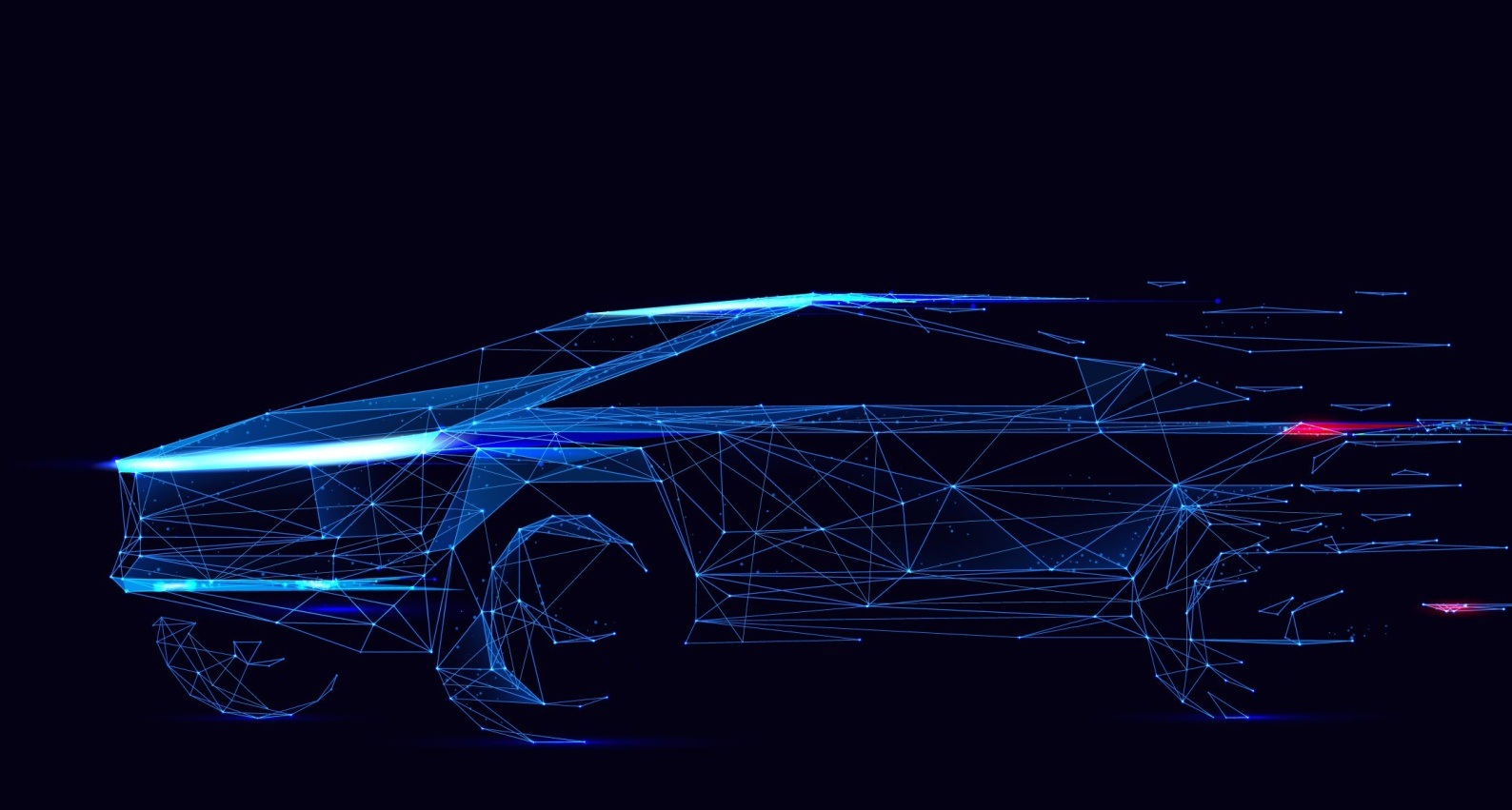Biomimicry in Automotive Industry
Published on 25 Jul, 2024

Biomimicry is sparking a revolution in automotive design by drawing inspiration from nature's remarkable solutions. Innovators are exploring everything from microscopic organisms to human biology to gain insight for new automotive technologies. By observing nature's efficiency and elegance, engineers are creating vehicles that offer not only groundbreaking advancements in efficiency, performance, and sustainability but also aesthetic appeal. This ongoing exploration promises to push the boundaries of automotive technology, fostering the development of bio-inspired ideas and innovations.
Biomimicry is the practice of drawing inspiration from nature's designs, processes, and systems to solve human engineering challenges. Automobile engineering often demands creative and innovative concepts to achieve performance and efficiency goals. As strategies evolve, the focus on biomimetic designs is growing.
It offers numerous benefits in vehicles by optimizing shape, structure, and maneuverability, improving aerodynamics and efficiency, that can help reduce fuel consumption and emissions. For instance, aerodynamic shapes inspired by fish and birds create fuel-efficient, eco-friendly cars. Innovations like self-cleaning surfaces based on lotus leaves and advanced cooling systems modeled after termite mounds are also being developed to improve vehicle functionality and sustainability.
Drawing from such inspiration, established companies are experimenting with and integrating these principles. Following are some instances:
- Mercedes-Benz's Car Design Inspired by Boxfish: Mercedes-Benz's car design is inspired by the boxfish, known for its hexagonal, armor-like outer skin that provides rigidity, protection, and maneuverability. By mimicking the boxfish’s shape, the car achieved a record-breaking drag coefficient that reduced air resistance; furthermore, the fuel consumption and nitrogen oxide emissions lowered 20% and 80%, respectively.
- Ford's Adjustable Floorboard Inspired by Honeybees: Ford's EcoSport model features an adjustable floorboard inspired by honeybees. This design uses a layer of hexagon-shaped cells made from 100% recycled paper and water-based glue, sandwiched between two layers of composite material. This structure can hold over 100 times its six-pound weight in cargo, offering exceptional strength and adaptability.
- McLaren's Hypercar Design Inspired by Sailfish: McLaren’s P1 hypercar is inspired by the sailfish, the fastest fish in the sea. Its scales generate tiny vortices that reduce drag, leading McLaren to incorporate this design into the car’s air ducts, boosting airflow by 17% and enhancing the vehicle's efficiency and power.
- Chrysler's Concept Car Design Inspired by Owl Flight: The Chrysler Halcyon concept car is inspired by the flight of an owl. It features a body constructed from materials similar to owl bones, ensuring sound absorption for a quiet interior. The car’s smooth ride mimics the silent, effortless motion of an owl in flight.
- Nissan's Safety Features Inspired by Fish: Nissan's safety features, such as intelligent brake assist and forward collision warning, are inspired by the synchronized movement of fish schools. This aquatic concept helps maintain safe distances and improve vehicle safety.
It is no surprise that startups are advancing similar principles to create highly effective technologies that enhance performance and address various industry challenges; following are some examples:
- Opteran: The UK-based startup develops natural intelligence solutions for autonomous vehicles, using algorithms inspired by bee behavior to improve sensing, navigation, and decision-making. Their technology can be integrated into cars to create highly adaptable systems for diverse environments.
- Fusion Bionic: A spin-off from the Fraunhofer Institute, Fusion Bionic headquartered in Germany creates bio-inspired surfaces using patented laser microtexturing technologies. Their approach models textures after natural designs like the lotus leaf and moth-eye, enhancing automotive performance by reducing electrical contact resistance and improving resistance to condensation and dirt buildup.
- Noa Marine: Poland-based company designs autonomous underwater vehicles inspired by squid, focusing on durability, maneuverability, and efficiency. Their wave drive propulsion system, developed through biomimicry, enhances payload capacity, maneuverability, and acoustic performance, and the principles of their technology can be applied to improve automotive systems.
Recent patent trends reflect a growing commitment to integrating natural designs and mechanisms into automotive technology, enhancing functionality and efficiency. A few examples are depicted below:
- Fish-Inspired Underwater Vehicle: US-based Aquaai Corp patented a bio-inspired underwater vehicle that uses tail undulation methods similar to anguilliform or carangiform propulsion for efficient movement. It features a robust design with simple mechanisms that mimic the natural movement of large fish.
- Pearl-Inspired Bionic Anticorrosive Coating: China-based Ningbo Institute of Material Technology and Engineering of Chinese Academy of Sciences patented a bionic sandwich anticorrosive coating inspired by natural pearl layers and mussels. Suitable for automotive and other industries, this coating features multiple water-based resin layers with graphene barrier layers, offering enhanced corrosion protection and durability.
- Gecko-Inspired Dry Adhesives: US-based Carnegie Mellon University patented dry adhesives inspired by gecko feet, using fibrillar structures and micro- and nanofibers with specialized tips to enhance grip. This technology, mimicking natural adhesive properties, is useful in various industries, including automotive, for improved adhesion and functionality.
- Scorpion Claws, Mantis Jaws, And Sheep Horns Inspired Bionic Fibers: China-based Jilin University patented a bionic fiber-reinforced composite material inspired by scorpion claws, mantis shrimp jaws, and Han sheep horns. The material features alternating spiral fiber resin layers, stacked and cured under pressure, enhancing impact resistance and interlayer toughness. This advanced composite can be applied in the automotive industry for improved durability and performance.
- Lotus Leaf and Animal Fur Inspired Hydrophobic Coating: US-based Ohio State Innovation Foundation patented a novel coating inspired by the lotus leaf’s water-repelling properties and certain animal fur. It features a polymer binder with hydrophobic particles arranged in intricate structures for superior water and oil resistance. This advanced coating can be used in the automotive industry to enhance vehicle surface protection against environmental elements.
Biomimicry in the automotive industry is a dynamic field with immense potential for bio-inspired innovations. Major automotive companies are increasingly integrating natural designs and mechanisms into their vehicles, driven by the significant advancements in research and technology. Additionally, startups and universities are actively exploring and experimenting with these concepts. As this trend continues, we can anticipate groundbreaking applications of biomimicry, leading to vehicles that excel in eco-friendliness, functionality, and design.

